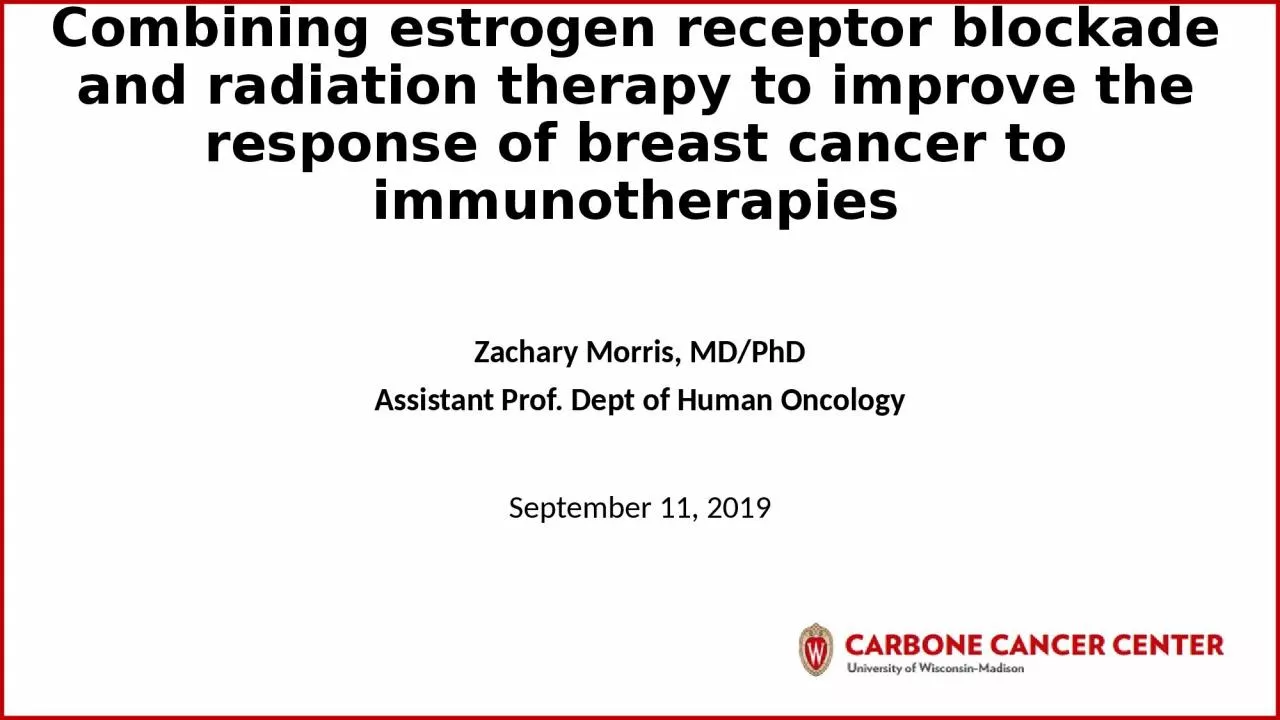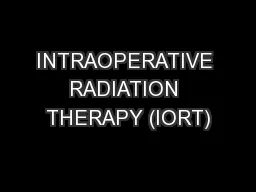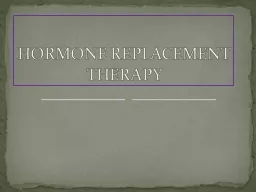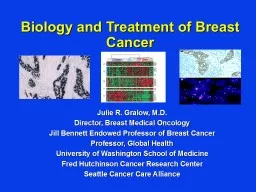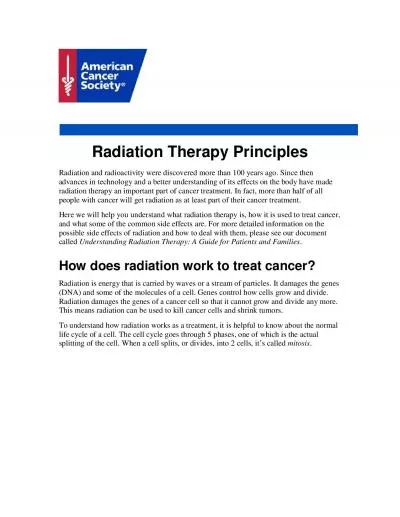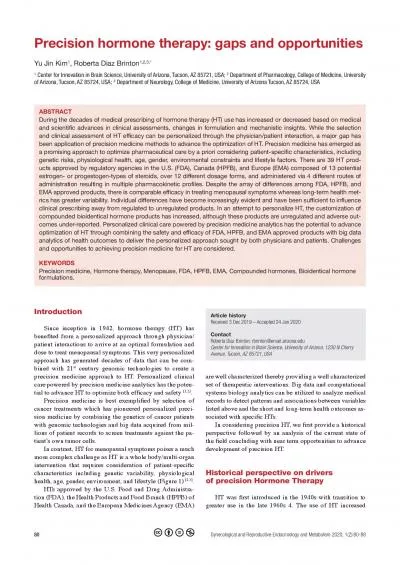PPT-Combining estrogen receptor blockade and radiation therapy to improve the response of
Author : MommaBear | Published Date : 2022-08-02
Zachary Morris MDPhD Assistant Prof Dept of Human Oncology September 11 2019 gt70 of breast cancers are ER Growth of 2540 is resistant to antiestrogens Metastatic
Presentation Embed Code
Download Presentation
Download Presentation The PPT/PDF document "Combining estrogen receptor blockade and..." is the property of its rightful owner. Permission is granted to download and print the materials on this website for personal, non-commercial use only, and to display it on your personal computer provided you do not modify the materials and that you retain all copyright notices contained in the materials. By downloading content from our website, you accept the terms of this agreement.
Combining estrogen receptor blockade and radiation therapy to improve the response of: Transcript
Download Rules Of Document
"Combining estrogen receptor blockade and radiation therapy to improve the response of"The content belongs to its owner. You may download and print it for personal use, without modification, and keep all copyright notices. By downloading, you agree to these terms.
Related Documents

